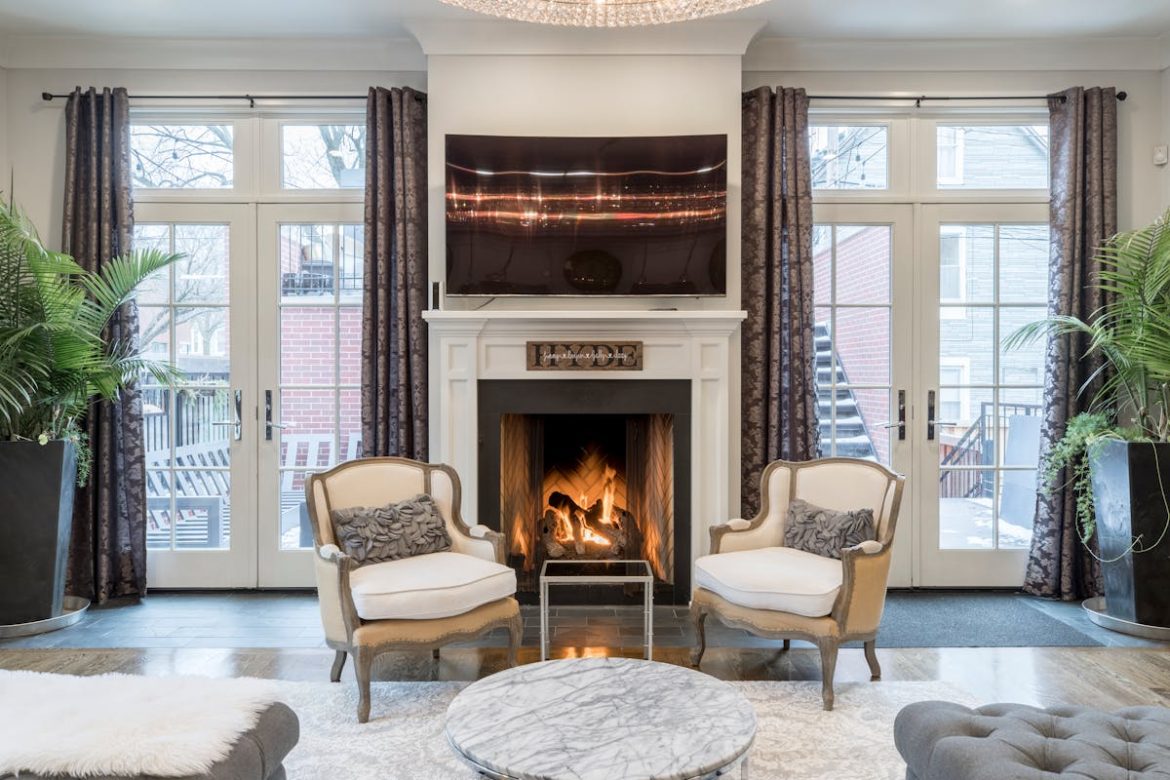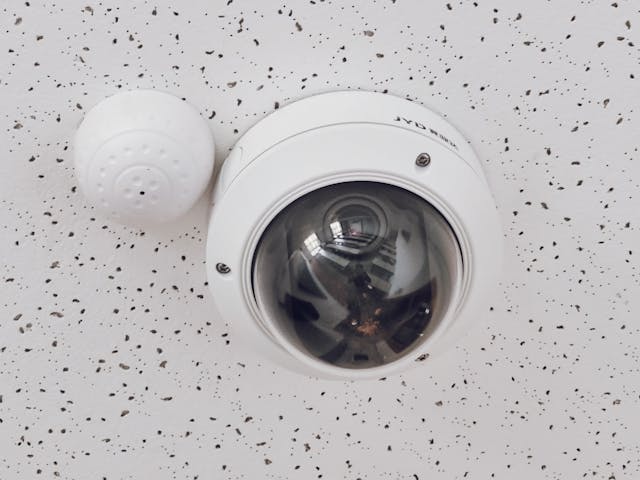
- Assess the unique needs of aging family members to create a tailored and supportive home environment for their well-being.
- Modify the home with safety features like ramps, handrails, and proper lighting to ensure mobility and prevent accidents.
- Encourage social interaction and involvement in hobbies to foster emotional health and reduce feelings of isolation among aging individuals.
- Consider professional caregivers and home health care services to provide specialized support and relieve family members from full-time caregiving.
- Aim for a balanced approach addressing physical, mental, and emotional needs to create a nurturing and comfortable sanctuary at home.
As our loved ones age, their needs and capabilities change, often requiring adjustments to their living environments to ensure they remain safe, comfortable, and engaged. Whether you’re a family caregiver, home design enthusiast, or an elderly care provider, creating a supportive home environment is crucial for the well-being of aging family members. This article provides a comprehensive guide to achieving this, addressing physical, emotional, and social aspects.
Understanding the Needs of Aging Family Members
As we enhance the living conditions for our aging family members, it is essential to first understand their unique needs. Being aware of their physical limitations, medical requirements, and emotional well-being will guide us in creating a tailored and supportive home environment best suited for them.
Physical Needs
Aging often brings about changes in mobility and sensory perception. Common physical challenges include reduced strength, balance issues, and declining vision and hearing. Understanding these changes is the first step in creating a home that caters to their needs.
Emotional and Mental Health Needs
Mental health and emotional well-being are just as important as physical health. Aging can lead to feelings of isolation, anxiety, and depression. Ensuring your loved ones feel secure and valued is essential for their well-being.
Assessing the Current Living Environment
Assessing the current living conditions is important before making any modifications. Conduct a thorough home evaluation to identify potential hazards and areas that need improvement. Engage your aging family members in this process to ensure their preferences and needs are considered.

Home Modifications for Safety and Accessibility
Creating a safe and accessible living environment is crucial for the well-being of aging family members. This section explores various home modifications that can enhance safety, prevent accidents, and promote independence. By making thoughtful adjustments, you can ensure your loved ones can live comfortably and securely in their home.
Key Modifications
- Installing Grab Bars and Handrails: These are essential in bathrooms and along staircases to prevent falls.
- Ramps and Stairlifts: Adding ramps or stairlifts can significantly improve mobility for homes with steps or stairs.
- Improving Lighting: Adequate lighting is crucial to prevent trips and falls. Consider motion-sensor lights for convenience.
- Reducing Tripping Hazards: Remove loose rugs, repair uneven flooring, and ensure that walkways are clear of obstacles.
Creating a Cozy and Inviting Space
Making a home feel warm and welcoming is essential, especially for aging family members. A cozy and inviting space can significantly improve their quality of life by creating a comforting atmosphere that promotes relaxation and well-being. Here are some tips to help you achieve this in your loved ones’ homes.
Tips for Comfort and Aesthetics
- Appropriate Furniture: Choose comfortable and easy to get in and out of. Avoid sharp edges and opt for rounded corners.
- Decor and Personal Touches: Incorporate family photos, souvenirs, and other personal items to make the space feel familiar and inviting.
- Soft Furnishings: Use cushions, throws, and soft fabrics to warm and comfort the living areas.
Implementing Smart Home Technology
Smart home technology can greatly enhance a home’s safety, convenience, and comfort, especially for elderly family members. Integrating smart sensors, voice assistants, and automated systems can help monitor activities, control the environment, and provide peace of mind for residents and their caregivers.

Exploring Smart Home Devices
- Smart Lighting: Automated lighting systems can be programmed to adjust throughout the day, ensuring proper illumination.
- Thermostats and Security Systems: Smart thermostats can maintain a comfortable temperature, while security systems provide peace of mind.
- Voice-Activated Assistants: Devices like Amazon Echo or Google Home can assist with daily tasks and provide reminders.
- Medical Alert Systems: Wearable devices that can alert emergency services in case of a fall or other medical emergencies.
Providing Emotional and Social Support
Maintaining emotional and social well-being is crucial for the overall health of elderly loved ones. Feelings of isolation or loneliness can significantly impact their mental health. By fostering strong connections and offering consistent support, you can help improve their quality of life and ensure they feel valued and loved.
Importance of Emotional Well-Being
- Social Interaction: Encourage regular social activities and community involvement to prevent feelings of isolation.
- Hobbies and Interests: Provide opportunities for your loved ones to engage in hobbies and activities they enjoy, whether it’s gardening, painting, or playing music.
- Emotional Support: Be present, listen to their concerns, and provide reassurance and companionship.
Accessing Professional Support
Accessing professional support is crucial in the comprehensive care of elderly loved ones. It ensures they receive specialized attention and assistance for their unique needs, ultimately enhancing their well-being and quality of life. Professional services can complement your efforts, providing expertise and peace of mind.
When to Seek Professional Assistance
- Caregivers and Professionals: Sometimes, professional caregivers are necessary to provide specialized care and support.
- Home Health Care Services: These services offer medical and non-medical assistance, allowing aging individuals to receive care in the comfort of their own homes. Home health care services are typically less expensive than assisted living facilities since they do not include room and board.
- Benefits of Professional Support: Professional caregivers can provide expertise, relieve family members from some caregiving duties, and ensure that your loved ones receive the best possible care.
Conclusion
Creating a comfortable living environment for aging family members is a multifaceted process that involves understanding their needs, making necessary home modifications, and providing emotional and social support. By taking these steps, you can ensure your loved ones live safely, comfortably, and happily in their homes.
Remember, the goal is to create a living space that meets their physical needs and promotes their mental and emotional well-being. Take the time to assess, modify, and engage with your aging family members to make their home a sanctuary of comfort and support.